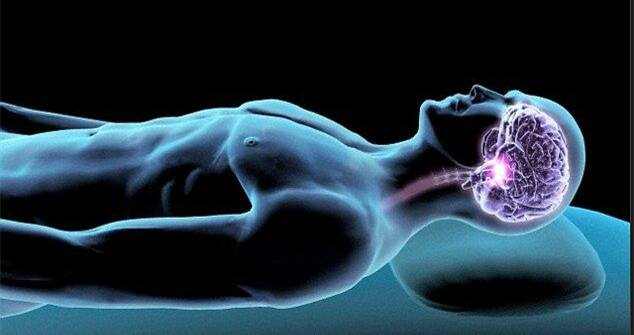
Hypnopompic hallucinations are the subject of a beautiful and terrifying masterpiece by the British painter Henry Fuselli in 1781. The painting is entitled The Nightmare and depicts a woman lying apparently lifeless and helpless while an evil figure sits on her chest. There are numerous interpretations of the painting and amongst them is the concept of the ‘waking dream’.Hallucinations are usually defined as any perception in the absence of an appropriate stimulus. Hypnopompic hallucinations occur usually just at the time of awakening from sleep and occur in that lag between sleep and wakefulness. They are thought to be associated with the frontal lobe of the brain.
It occurs as a perception of visual or aural illusion. In the literature, the term hypnopompic hallucination is often discussed along side the term hypnogogic hallucination. Both are hallucination that occurs when a person is either entering or exiting sleep. On occasion, a person who is just about to fall asleep could experience hallucination (hypnogogic hallucination). Similarly, a person just waking up might experience hallucination (hypnopompic hallucination).
The difference between the two states is that hypnogogic is a rational waking cognition trying to make sense of non-linear images and association while hypnopompic is emotional and credulous dreaming cognition trying to make sense of the real world stolidity. The study was described by Dr Isbrand Van Diemerbroeck. It is often experienced by persons with conditions such as: narcolepsy and cataplexy, insomnia, physiological disorder, depression, or drug abuse.
Some causes of hypnopompic hallucinations
- Narcolepsy and cataplexy – a condition in which there is disruption in the sleep pattern that can be regarded as being chronic neurological. Narcolepsy can occur with or without cataplexy which is a loss in the power and tone of the muscle due to strong emotion.
- Insomnia – insomnia can briefly be described as difficulty going to sleep during the night. Common cause of insomnia can include different items that are consumed such as coffee, alcohol or even certain spicy food. Stress, worry, anxiety are also among triggers of insomnia along with some types of medication.
- Depression or drug abuse – sleeplessness can also occur because of deppression or the abusive use of drugs.
Hypnopompic hallucination is often attributed to impaired function of the frontal lobe. It takes place due as a manifestation of”sleep inertia” which occurs when the brain doesnot make the necessary adjustment quickly enough from a dreaming state a state of being awake; deprivation of sleep can slow the functioning of the frontal lobe making it hard for it to distinguish quickly vivid dreams from reality.
What do they feel like?
These hallucinations can feel either like a sudden feeling of falling or a feeling of being unable to move.
Are hypnopomic hallucinations common?
A well conducted telephone survey in the UK reported that as many as 12.5% of respondents reported experiencing hypnopompic hallucinations.These hallucinations are most common in young females and are associated with insomnia, stress, alcohol and drug use.
Diagnosis and treatment
The recommended treatment for these hallucinations is to address the underlying life stressors as these hallucinations are not inherently harmful albeit unpleasant. It is also important to reassure patients of the benign nature of these experiences.No signs or symptoms are related with hypnopompic or hypnogogic hallucination. Some conditions can be treated particularly when it is has to do with narcolepsy.
- Persons suffering from schizophrenia ma hallucinate and have a higher tendency toward psychosis
- Auditory hallucination can often affect deaf persons especially the elderly. Progressive hearing loss due to otosclerosis also can sometimes result in the perception of sound
Hypnopompic hallucination often present itself as simple forms, colored circles, objects that seems to be changing in shape or size. When auditory; music is often thought to be heard. When a particular condition can be diagnosed such as narcolepsy for instance treatment should be given according to the prognosis in other cases where no diagnosis can be given for the cause the best treatment is reassurance. On occasions, the patient can take antidepressants especially when the hallucinations are disturbing. The risk factor involved with hypnopompic or hypnogogic hallucination is that they can have the tendency of being associated with certain HLA phenotypes.

